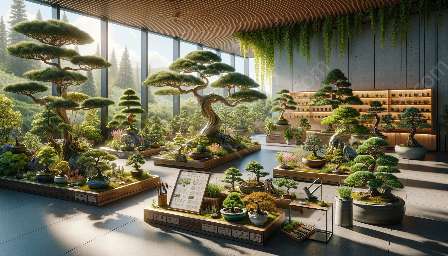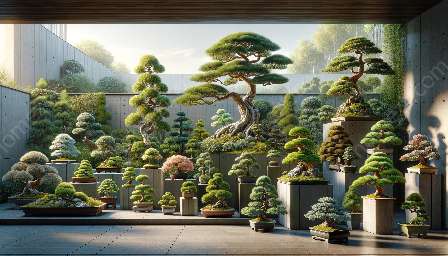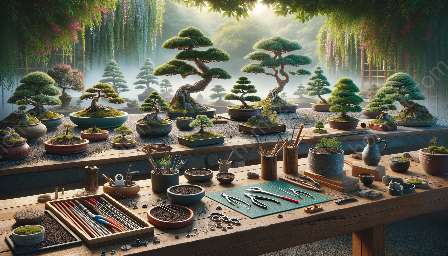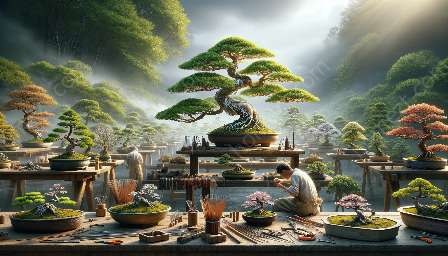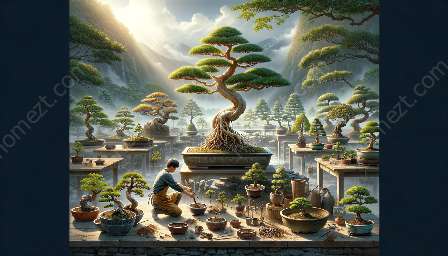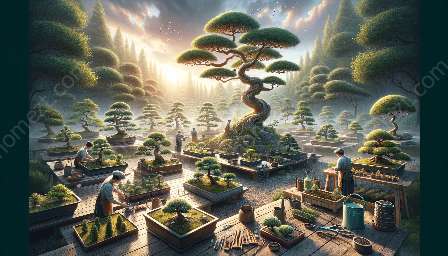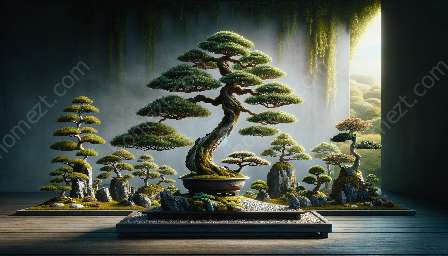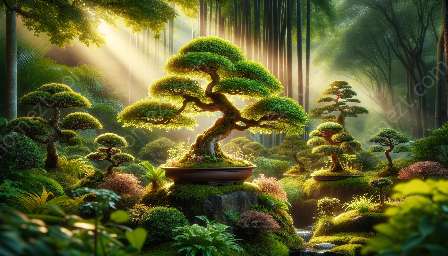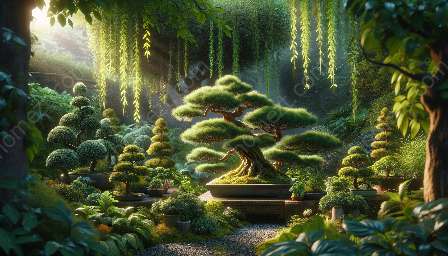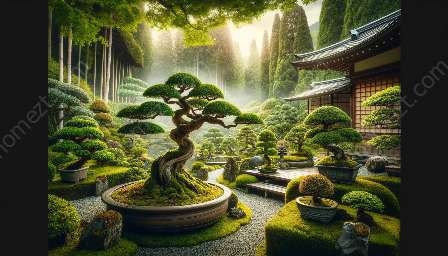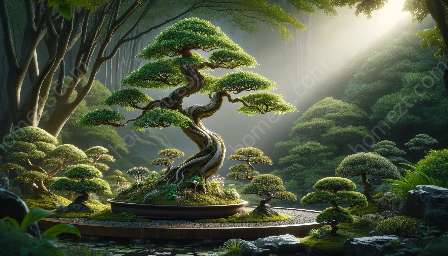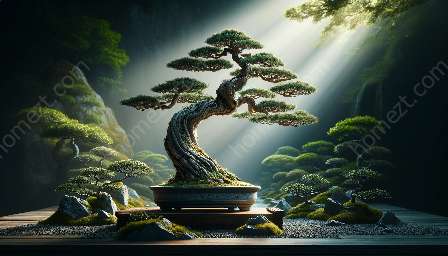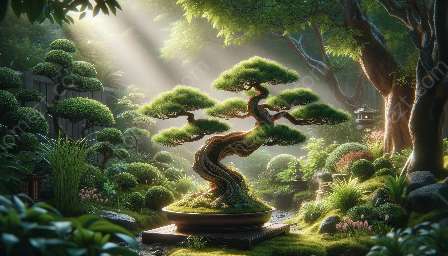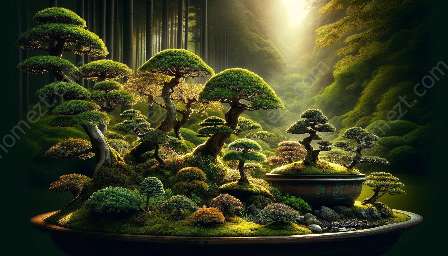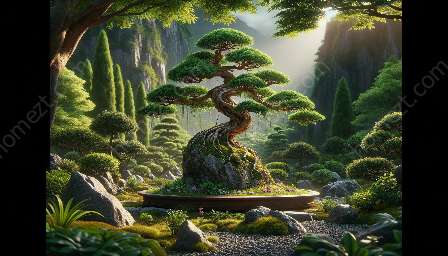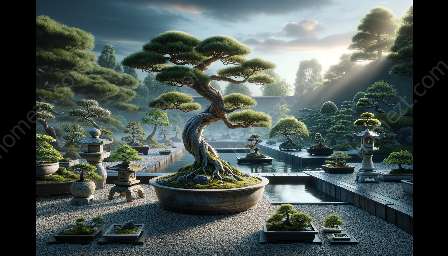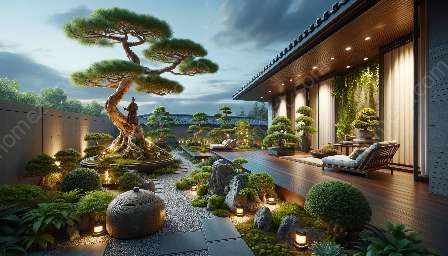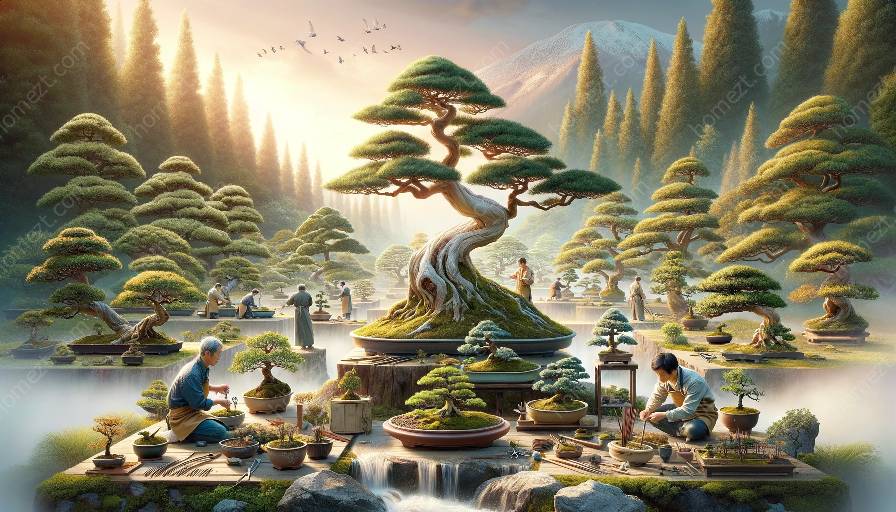Bonsai trees are a timeless symbol of beauty, patience, and harmony with nature. The art of pruning and shaping bonsai involves delicate techniques and a deep understanding of horticulture, which can enhance your gardening and landscaping journey.
The Basics of Bonsai Cultivation
Before delving into the intricacies of pruning and shaping, it's vital to understand the fundamental principles of bonsai cultivation. Bonsai trees are not a specific species, but rather a horticultural practice of cultivating and manipulating trees to mimic the shape and scale of full-size trees, but on a smaller scale. The goal is to create a visually appealing and balanced representation of nature within a constrained space, such as a container. To achieve this, horticulturists employ pruning and shaping techniques to maintain the miniature nature of the tree while enhancing its aesthetic appeal.
Understanding Pruning in Bonsai Cultivation
Pruning is a foundational practice in bonsai cultivation, instrumental in maintaining the size, shape, and overall health of bonsai trees. There are two primary types of pruning that are commonly used in bonsai maintenance: maintenance pruning and structural pruning.
Maintenance Pruning:
This type of pruning involves the regular removal of small shoots and leaves to maintain the desired shape and size of the bonsai. By consistently pruning new growth, the tree can be sculpted and trained to adhere to the desired aesthetic vision. Additionally, maintenance pruning promotes bud formation and distribution, which contributes to the overall appearance of the bonsai tree.
Structural Pruning:
Structural pruning, also known as styling pruning, is a more extensive and deliberate form of pruning that aims to shape and define the overall structure of the bonsai tree. This type of pruning involves strategic removal of larger branches and foliage to create the desired design and form. It requires an in-depth understanding of the tree's growth patterns and characteristics to achieve the intended aesthetic outcome. Structural pruning may be performed during the tree's dormant season to minimize stress on the tree.
Shaping Techniques for Bonsai Trees
Bonsai shaping goes beyond pruning and delves into the art of manipulating the tree's trunk, branches, and foliage to achieve a cohesive and visually striking composition. Here are some popular shaping techniques:
- Bending and Wiring: Using gentle manipulation and wiring, branches and trunks can be shaped to achieve elegant and natural-looking curves and lines.
- Clipping and Pinching: By selectively removing or pinching new growth, horticulturists can guide the development of the tree's silhouette, ensuring a balanced and harmonious form.
- Defoliation: This advanced technique involves the selective removal of foliage to encourage finer branching and enhance the overall design of the bonsai tree.
Enhancing Gardening and Landscaping Skills through Bonsai
The practice of cultivating and shaping bonsai offers valuable insights and skills that can be applied to broader gardening and landscaping endeavors. Through the intricacies of bonsai horticulture, individuals can enhance their understanding of plant anatomy, growth patterns, and the art of design. These skills are transferable to larger-scale gardening and landscaping projects, allowing enthusiasts to create captivating outdoor environments that reflect harmony, balance, and beauty.
Furthermore, the patience and dedication required to care for bonsai trees instill a deep appreciation for the delicate interplay between nature and human intervention, fostering a heightened sense of mindfulness and connection with the natural world.
Cultivating Timeless Beauty
Pruning and shaping bonsai is a profound art form that transcends the boundaries of horticulture, gardening, and landscaping. It represents a harmonious fusion of human creativity, patience, and the enduring beauty of nature. As you embark on your journey of bonsai cultivation, you'll discover the joy of nurturing and shaping living sculptures that encapsulate the essence of tranquility and elegance.
Whether you are an avid gardener, a landscape enthusiast, or someone seeking a meditative and rewarding pursuit, the art of pruning and shaping bonsai offers a transformative and enriching experience unlike any other.

